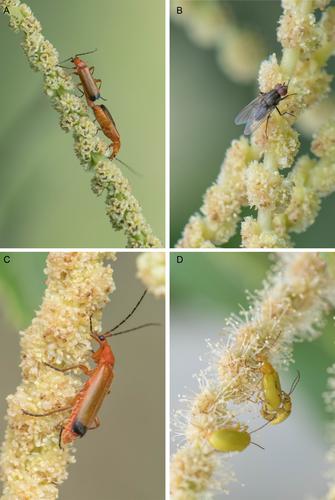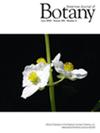Harmful self-pollination drives gynodioecy in European chestnut, a self-incompatible tree
Abstract
Premise
Gynodioecy is a rare sexual system in which two genders (sensu Lloyd, 1980), cosexuals and females, coexist. To survive, female plants must compensate for their lack of siring capacity and male attractiveness. In European chestnut (Castanea sativa), an outcrossing tree, self-pollination reduces fruit set in cosexual individuals because of late-acting self-incompatibility and early inbreeding depression. Could this negative sexual interaction explain the presence of females in this species?
Methods
We studied gender variation in wild populations of European chestnut. In addition, we compared fruit set (the proportion of flowers giving fruits) and other key female fitness components as well as reproductive allocation between genders. We then performed emasculation experiments in cosexual trees, by removing nectar-producing fertile male inflorescences. We also removed sterile but nectar-producing male inflorescences from female trees, as a control.
Results
We found a highly variable proportion of male-sterile individuals in the wild in European chestnut. In the experimental plot, trees from each gender had similar size, flower density, and burr set, but different fruit set. Removing nectar-producing male inflorescences from branches or entire trees increased fruit set in cosexual but not in female trees.
Conclusions
These results show that self-pollination impairs fruit set in cosexual trees. Female trees avoid these problems as they do not produce pollen but continue to attract pollinators thanks to their rewarding male-sterile inflorescences, resulting in a much higher fruit set than in cosexuals. This demonstrates that even outcrossed plants can benefit from the cessation of self-pollination, to the point that unisexuality can evolve.


 求助内容:
求助内容: 应助结果提醒方式:
应助结果提醒方式:


